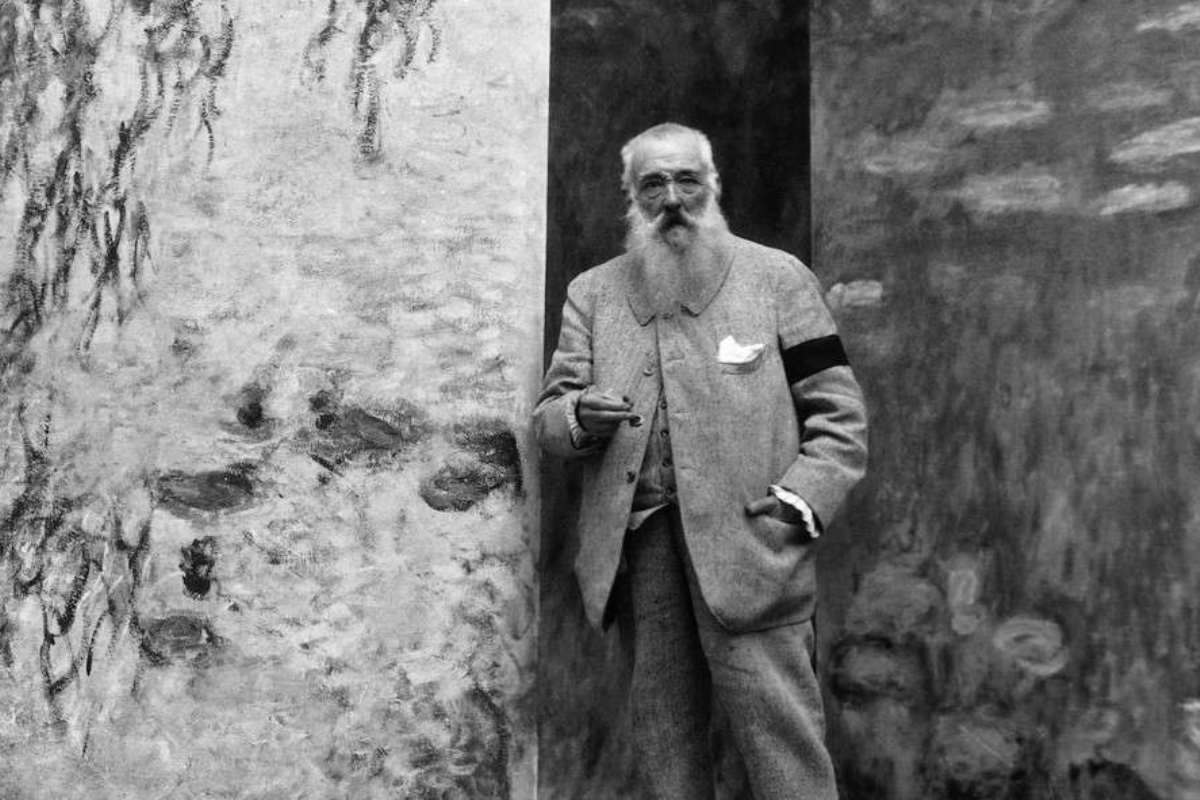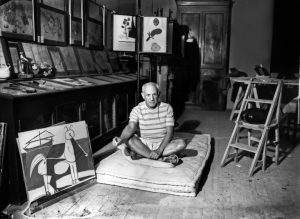
Claude Monet is one of the most well-known painters in history who is best known for his impressionist paintings and his works are some of the most popular pieces of art ever created. His paintings are characterized by their bright colors and loose brushstrokes which capture light and movement. He was the last of the three great French impressionists.
The development of Monet’s paintings and techniques is an important part of understanding the evolution of Impressionist art. His paintings are considered to be some of the most beautiful in the world.
The Story of Monet and His Painting Techniques
Claude Monet was a French Impressionist painter who is best known for his paintings of water lilies in the pond in his garden. He also painted scenes of Paris city life, people on the beach, and haystacks in the countryside. Monet used different painting techniques to create different effects.
One technique that he used was Pointillism which is a style that involves using small dots of colors to create an image. This technique creates an effect where colors seem to blend together at a distance which creates a more realistic look than other painting techniques can provide.
Another technique that he used was Divisionism which is when colors are separated according to their relative darkness or lightness. This technique creates an effect where colors are rendered as separate lights and darks. Monet used this technique when painting landscapes because the colors would be more distinctive if they had their respective lightness or darkness. He also used this technique in his paintings of the Rouen Cathedral because he wanted to emphasize the texture of marble on the statues.
The Story Behind Monet’s “Peach Orchard” Painting
This painting is one of Monet’s most famous works. It is a scene from the countryside. The painting was painted in the artist’s garden, and it captures a peach orchard with the house peeking through the trees. Monet was inspired by his love for nature and his desire to capture it on canvas. He wanted to capture the atmosphere of a beautiful day in Normandy, France. The painting is also a reflection on the passage of time, and how it can change the landscape.
This painting is one of Monet’s most personal works because it is dedicated to his wife Camille. He painted this in their garden at Argenteuil, where they had often gone for a picnic. It portrays the artist and his wife in a gazebo near a pond, looking at the reflection of their house reflected in the water. Camille is seen wearing a dark green dress with white sleeves and flowers on it, while Monet is wearing a white shirt and dark green coat.
A Brief Chronology of Monet’s Life and His Major Contribution to Art History
This section concludes with a chronology of Monet’s life and his major contribution to art history.
1840: Claude Monet was born in Paris, France.
1867: Monet painted his first painting of Rouen Cathedral.
1868-1870: He painted Impression, Sunrise, which was shown at the first Impressionist exhibition.
1926: Monet died in Giverny, France.
You may also like:


